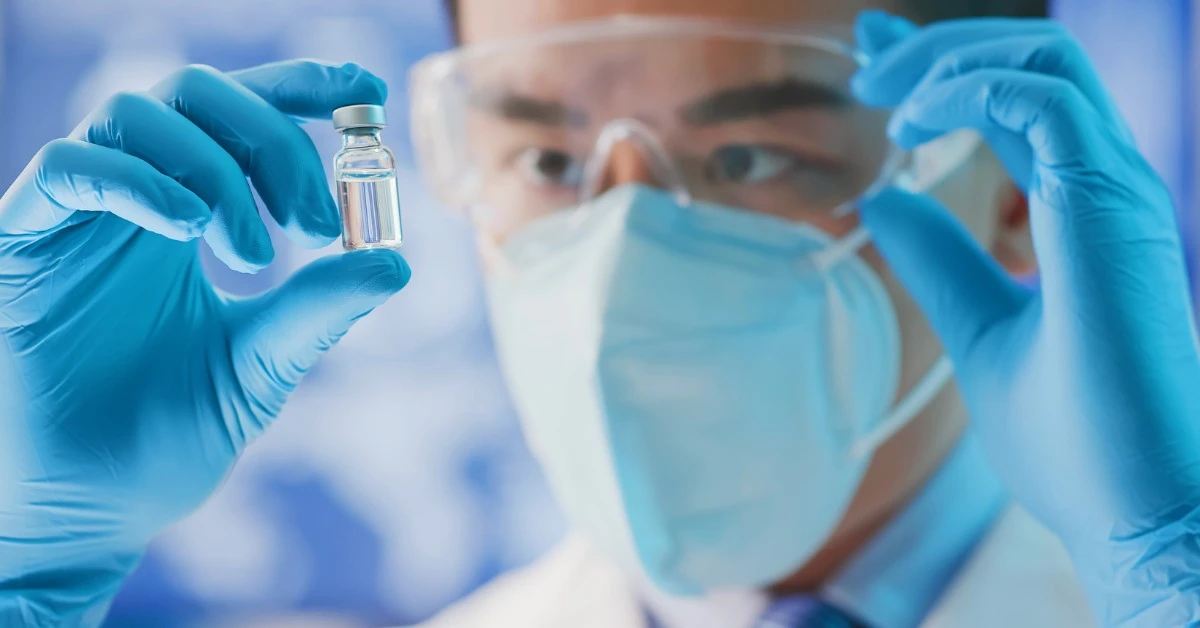The emergence of organ-specific 3D tissue culture technology is a scientific breakthrough that promises a new era of disease research and discovery.
Organoids are complex, 3-dimensional collections of cells grown in culture to mimic the organization of human organs. The 3-D cell culture environment is the key to establishing model systems that can form structures and differentiate in a way that closely reflects what happens in the human body.
Organoid research came about primarily as a result of advances in both stem cell research and cell culturing technology; progress in these fields eventually led to the breakthrough discovery in 2009 that stem cells grown on a matrix could self-organize and differentiate into intestinal villus-like structures. [1] The shift from 2D to 3D culturing techniques proved to be critically important to the field of organoid research. The capacity for cells to grow and interact in all 3 dimensions enabled tissue models to become much more physiological, allowing for cell-cell interactions and cell-matrix interactions that are simply not possible in a monolayer culture system.
Developments in cell culture media technology have also been critical in the development of organoids. The media formulations necessary to sustain the health and growth of cells in a 3D matrix are more complex than those needed for standard cell culture. Because organoid cultures start with stem cells, media composition is not just about expansion; it also provides the blueprint for tissue-specific differentiation. Media components such as growth factors, pH modifiers, amino acids, and cytokines must be tailored to different cell types and different stages of development. A system that allows the configuration of highly customized media in small volumes as facilitated by Nucleus Biologics’ NB-Lux™ is highly desirable.
Human cardiac organoid systems are a prime example of where the field stands today. Gene editing techniques like CRISPR have added a new dimension to organoid research as it relates to congenital cardiac disease and other ailments. [2] Cardiac organoids or “cardioids” are giving scientists a more complete picture of the mechanisms behind early cardiac development, including how structural abnormalities can occur, and which genes may be involved. Cardiac development is dependent on human pluripotent stem cell maturation, migration, and differentiation. These processes in turn depend on signal pathways and on the sequential expression of transcription factors and growth factors that determine which genes are turned on or off and when. Cell culture media helps define the developmental milieu of organoid cell types, making it a critical factor in these complex model systems.
The customized media necessary for organoid culture often involves proprietary formulations. They tend to be more expensive than off-the-shelf formulations and can be difficult to duplicate and source in the face of supply chain issues. Additionally, customized media is often needed for only a short period of time, since organoid culture requires the sequential addition of various specific small molecules and growth factors at different developmental stages. Nucleus Biologics’ Krakatoa cell culture media system solves this problem by accommodating rapid small volume ordering and on-site custom media manufacturing, thus making it easier and less expensive to have the right media on hand at the right time.
Organoids hold great potential in disease modeling for specific tissues, for research on organ transplantations, and for drug discovery. At Nucleus Biologics, our goal is to provide the innovative tools and services our clients need to accelerate cell and gene therapy research.
References
- Sato, T., Vries, R. G., Snippert, H. J., van de Wetering, M., Barker, N., Stange, D. E., van Es, J. H., Abo, A., Kujala, P., Peters, P. J., & Clevers, H. (2009). Single Lgr5 stem cells build crypt-villus structures in vitro without a mesenchymal niche. Nature, 459(7244), 262–265. https://doi.org/10.1038/nature07935
- Scherba J.C., Karra R., Turek J.W., Bursac N. (2022) Toward improved understanding of cardiac development and congenital heart disease: The advent of cardiac organoids. The Journal of Thoracic and Cardiovascular Surgery. Preprint. DOI: https://doi.org/10.1016/j.jtcvs.2022.02.028




